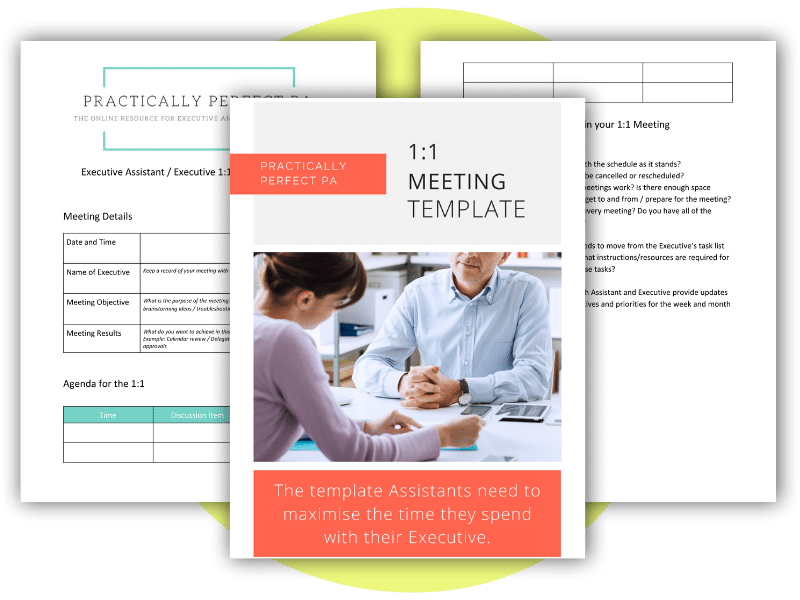Creating a Detailed Guide to Your Executive’s Preferred Working Style
Our Strategic Business Partner Online Course has a session that talks assistants through creating a detailed guide to your Executive’s preferred working style. The guide allows Assistants to understand their Executive’s communication style better, how they like to receive and disseminate information, and a ton of other insights that make it easier to work with them. This popular session has helped our students get to grips with the relationship they want to form with their Executive. In this article, we delve into the topic further and give you a play-by-play on how to create what is effectively a user manual for your Executive.
Why Create an Executive User Guide?
Just as a user guide for a new gadget details its operations, an Executive user guide outlines everything about your Executives: their preferences, how they like to work, and how to troubleshoot any issues. This guide eliminates the guesswork often involved in understanding an Executive’s expectations, making the assistant’s role more efficient and effective.
Critical Components of an Executive User Guide
1. Communication Preferences
- Frequency: How often does the Executive want updates?
- Hierarchy: How should urgent vs. non-urgent messages be communicated?
- Acknowledgement: Does the Executive want regular updates on task progress?
2. Reporting Progress
- Data-Driven vs. Data-Informed: How does the Executive make decisions?
- Frequency: How often does the Executive want project updates?
- Style: How should reports be presented?
3. One-to-One Meetings
- Recording: How does the Executive track team members’ progress?
- Agendas: What topics should be covered during meetings?
- Frequency: How often should one-to-one meetings occur?
4. 360 Feedback
- Measuring Success: How does the Executive reward efforts?
- Measuring Failure: How does the Executive respond to unsuccessful projects?
- Responding to Feedback: How does the Executive handle criticism?
5. Management Style
- Building Trust: What does it take for the Executive to trust their team?
- Leadership Style: What kind of leader is the Executive?
- Culture: What kind of team culture does the Executive want to foster?
6. Working with New Hires
- Building Trust: How does the Executive build trust with new team members?
- First Six Months: What should new employees expect during their initial months?
7. Learning from the Executive
- Asking for Advice: How should team members seek guidance?
- Problem-Solving: How should problems be addressed collaboratively?
- Company Resources: How should team members request company resources?
8. Professional Development
- Mentorship: How does the Executive support team members’ growth?
- Importance: How does the Executive view professional development?
9. Logistics
- Office Time: When is the Executive typically available?
- Meetings: How should meetings be scheduled and conducted?
- Team Norms: What are the Executive’s expectations for team behaviour?
10. Moving the Strategy Forward
- Leadership Meetings: How are these meetings conducted?
- Contribution: How can the team contribute to the company’s strategy?
- New Opportunities: How should new business opportunities be presented?
Creating an Executive user guide is a strategic project that requires deep reflection and collaboration between the Assistant and the Executive. These user guides not only streamline communication but also foster trust and understanding between the two of you. As we emphasised, this tool can be transformative for Assistants, helping you form a stronger partnership with your Executives and ensuring smoother operations within the organisation. If you are looking to enhance your skills and understanding in this area, enrolling in the Strategic Business Partner online course is a highly recommended next step.





